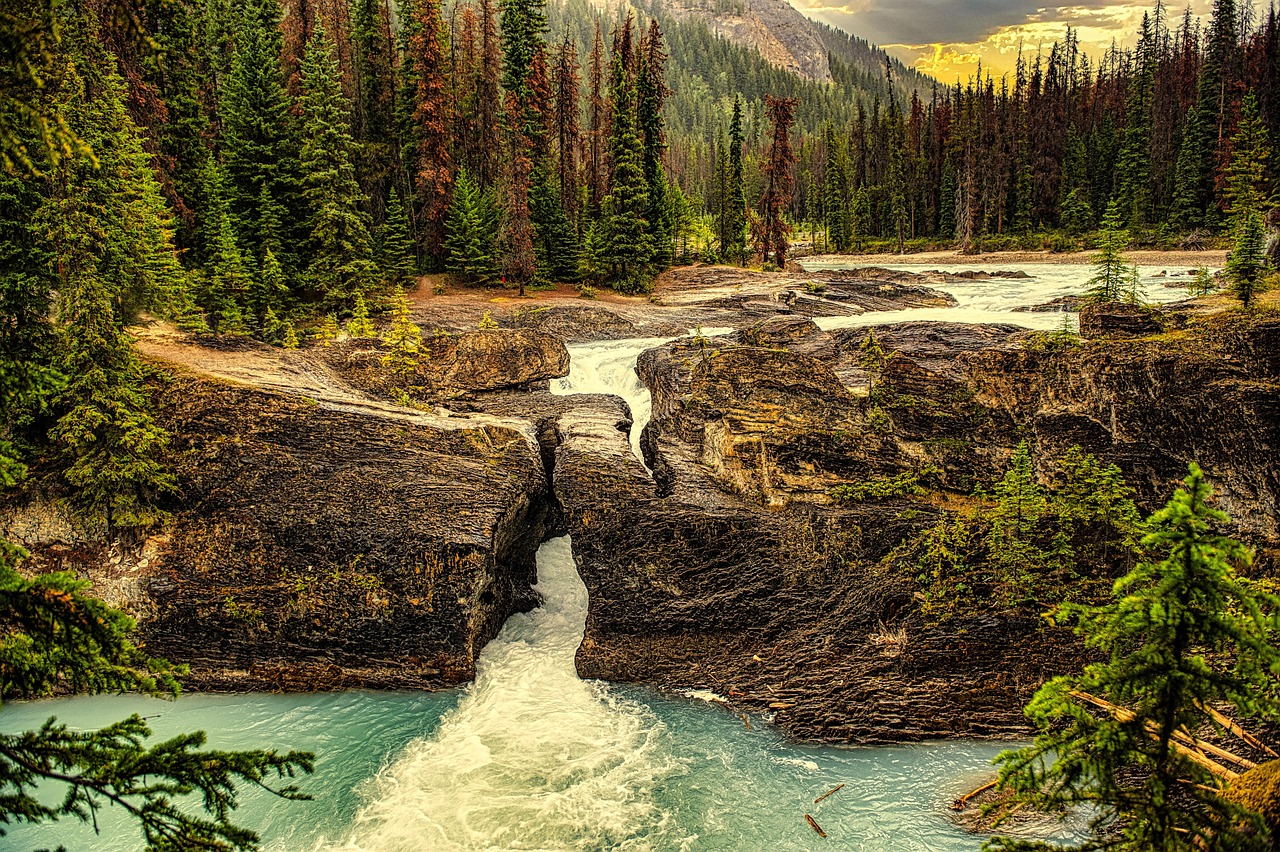California is home to some of the most stunning and diverse national parks in the United States. From the towering granite cliffs of Yosemite to the surreal desert landscapes of Death Valley, these parks offer breathtaking views, rich history, and endless opportunities for adventure. Whether you’re an avid hiker, a nature lover, or someone looking to escape into the wild, California’s national parks have something for everyone.
1. Yosemite National Park: A Natural Masterpiece
One of the most famous national parks in the world, Yosemite National Park is a must-visit destination. Located in the Sierra Nevada Mountains, Yosemite is renowned for its giant sequoias, dramatic waterfalls, and iconic rock formations such as El Capitan and Half Dome.
Highlights of Yosemite:
- Glacier Point: Offers panoramic views of Yosemite Valley, Half Dome, and the High Sierra.
- Yosemite Falls: One of the tallest waterfalls in North America, standing at 2,425 feet.
- Mariposa Grove: Home to ancient giant sequoias, some over 2,000 years old.
- El Capitan: A challenge for rock climbers, this granite monolith is an awe-inspiring sight.
Best time to visit: Spring and early summer when the waterfalls are at their peak.
2. Joshua Tree National Park: Where the Desert Meets the Sky
Joshua Tree National Park is a surreal desert escape, where twisted Joshua trees and rugged rock formations create a mesmerizing landscape. This park is popular among rock climbers, photographers, and stargazers.
Highlights of Joshua Tree:
- Hidden Valley: A scenic loop trail with fascinating rock formations and desert flora.
- Keys View: A stunning overlook offering panoramic views of the Coachella Valley.
- Cholla Cactus Garden: A dense collection of spiky cholla cacti that glow in the sunset light.
- Skull Rock: A unique rock formation resembling a skull, a popular spot for photos.
Best time to visit: Fall, winter, and early spring to avoid the extreme summer heat.
3. Death Valley National Park: The Hottest Place on Earth
Death Valley National Park is a land of extremes. As the hottest, driest, and lowest national park in the U.S., it offers a unique landscape of sand dunes, salt flats, and colorful canyons. Despite its harsh conditions, Death Valley is home to a surprising variety of wildlife and fascinating geological formations.
Highlights of Death Valley:
- Badwater Basin: The lowest point in North America at 282 feet below sea level.
- Zabriskie Point: A breathtaking viewpoint known for its golden badlands.
- Mesquite Flat Sand Dunes: Rolling sand dunes perfect for photography and exploration.
- Artist’s Palette: A scenic drive showcasing multicolored mineral deposits.
Best time to visit: Late fall to early spring when temperatures are cooler.
4. Redwood National and State Parks: Home of the Tallest Trees
Redwood National and State Parks protect the tallest trees on Earth, the magnificent coastal redwoods. These towering giants, some over 300 feet tall, create a mystical and awe-inspiring atmosphere.
Highlights of Redwood National and State Parks:
- Tall Trees Grove: A secluded trail leading to some of the park’s tallest redwoods.
- Fern Canyon: A lush canyon covered in ferns, featured in Jurassic Park 2: The Lost World.
- Avenue of the Giants: A scenic drive through ancient redwood forests.
- Klamath River Overlook: A prime spot for whale watching.
Best time to visit: Year-round, but summer is the most popular season.
5. Sequoia and Kings Canyon National Parks: The Land of Giants
Sequoia and Kings Canyon National Parks are known for their massive sequoia trees, deep canyons, and rugged mountain landscapes. These two parks, managed as one, provide a paradise for hikers, campers, and adventurers.
Highlights of Sequoia and Kings Canyon:
- General Sherman Tree: The largest tree in the world by volume, standing 275 feet tall.
- Moro Rock: A granite dome offering panoramic views of the Sierra Nevada.
- Crystal Cave: A stunning marble cavern with intricate formations.
- Kings Canyon Scenic Byway: A dramatic drive through one of the deepest canyons in North America.
Best time to visit: Summer and early fall when most roads and trails are accessible.
Planning Your Trip to California’s National Parks
Before visiting any national park, it’s essential to plan ahead. Here are some key tips:
- Check park conditions: Some roads and trails may be closed due to weather or maintenance.
- Pack wisely: Bring plenty of water, sunscreen, and appropriate gear for the season.
- Respect wildlife: Keep a safe distance from animals and avoid feeding them.
- Leave no trace: Preserve the beauty of the parks by following Leave No Trace principles.
- Book accommodations early: Lodging and campsites can fill up quickly, especially in peak seasons.
Conclusion
California’s national parks offer an unparalleled blend of natural beauty, adventure, and tranquility. Whether you’re gazing at Yosemite’s waterfalls, hiking among the redwoods, or exploring the vast deserts of Death Valley, each park presents a unique and unforgettable experience. No matter which destination you choose, a journey through these parks will leave you with lasting memories and a deep appreciation for the wonders of nature.

Leave a Reply